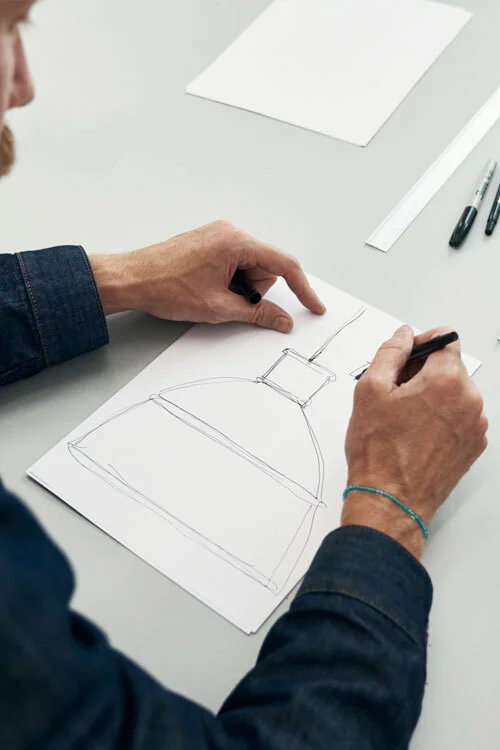
Danish Furniture History: A Journey Through Time
A Deep Dive into the History of Danish Furniture
Danish creations have long held a prominent position in furniture trends and design.
The history of Danish furniture offers a fascinating blend of art, craftsmanship, and innovation. From its early beginnings to the iconic mid-century designs, Danish furniture showcases a distinctive style and unmatched functionality. Its appeal isn’t just limited to Denmark; it has found its way into homes around the world, including far-off places like Australia. As we embark on this journey, we’ll explore the evolution of Danish furniture and its enduring impact on global design sensibilities. Then came the Baroque period, propelling Danish furniture history onto another transformative trajectory. Following this, Danish artisans took cues from predominant European design sensibilities, especially those from France and Italy. Consequently, they adeptly wove extravagant motifs and expansive scales into their furniture creations.
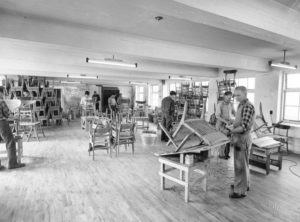
Viking Craftsmanship to Medieval Marvels: The Dawn of Danish Furniture
The history of Danish furniture starts with the Vikings. Known for seafaring, they were skilled craftsmen too. Their designs were robust, functional, and intricately carved, telling tales of their journeys and life. Viking carpenters, using premium woods, crafted practical and beautiful pieces. Between 2006-2007, Denmark’s Ministry of Culture highlighted the Skuldelev, a 1042 Viking warship, as Danish design’s first icon. Its sleek design and detailed features showcased Viking aesthetic finesse, debunking their savage stereotype. This legacy influences today’s designs, like Jacob Jørgensen’s Barca bench.
Moving to the medieval era, Danish furniture evolved. Reflecting socio-economic shifts, designs became opulent. Retaining Viking durability, medieval pieces showcased ornate patterns and rich upholstery. This era balanced Viking practicality with medieval lavishness, setting the stage for future Danish furniture trademarks.

Renaissance to Baroque: The Flourish of European Flair in Danish Designs
The dawn of the Renaissance ushered in a revitalized zest for art and innovation across Europe, and the Danish realm was no outlier. This epoch saw Danish furniture morphing, imbibing the ornate intricacies and symmetrical patterns emblematic of the Renaissance. These design motifs, redolent of the era’s artistic renaissance, began gracing Danish households and regal palaces alike.
Then came the Baroque period, propelling Danish furniture history onto another transformative trajectory. Taking cues from predominant European design sensibilities, especially those emanating from France and Italy, Danish artisans adeptly wove extravagant motifs and expansive scales into their furniture creations. The quintessential sinuous lines, gold-leaf finishes, and theatrical flourishes of the Baroque ethos lent Danish furniture an unprecedented layer of luxury.
The amalgamation of these European design elements with Denmark’s indigenous craftsmanship nuances enriched the design lexicon of Danish furniture. This confluence paved the way for the distinctive and globally celebrated Danish design furniture that would flourish in the eras to come.
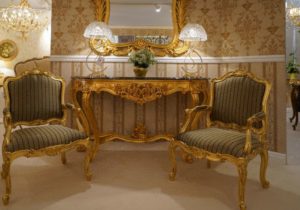
The 18th Century Elegance: From Rococo Flair to Neoclassical Functionality
The 18th century was a transformative period for Danish furniture, marked by the evolution from the flamboyant Rococo to the restrained Neoclassicism. The early part of the century celebrated the Rococo style, known for its elegant and intricate designs. Danish furniture pieces from this period reflected the typical Rococo characteristics – asymmetric motifs, delicate scrolls, and playful curves.
However, as the century progressed, there was a discernible shift in design sensibilities. The Neoclassical movement began to gain momentum, characterized by its inspiration from classical antiquity. Gone were the excessively ornate elements of Rococo. Instead, Danish furniture embraced more subtle and functional designs, drawing inspiration from ancient Greek and Roman aesthetics. Straight lines, simple forms, and a focus on symmetry became prominent.
This transition in the 18th century from the whimsical Rococo to the refined Neoclassicism showcased the versatility and adaptability of Danish craftsmen, preparing the ground for the renowned Danish-style furniture that would take the world by storm in the following centuries.
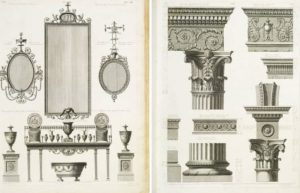
The 20th Century Revolution: Danish Furniture’s Golden Age
The 20th century witnessed a monumental shift in Danish furniture design, ushering in what many aficionados consider the “Golden Age” of Danish furniture. Central to this movement was the introduction of Danish Modern or Mid-century Modern design, which seamlessly merged functionality with aesthetics.
Pioneers like Arne Jacobsen, Hans Wegner, and Børge Mogensen were instrumental in shaping this design philosophy. Jacobsen, with his iconic Egg and Swan chairs, displayed a flair for merging organic forms with modernist ideals. Wegner, often dubbed the “Master of the Chair”, brought forth an array of designs emphasizing ergonomic comfort without compromising on elegance. Børge Mogensen, on the other hand, championed simplicity, creating furniture pieces that were both utilitarian and visually appealing.
Designers in the 20th century embraced functionality, simplicity, and organic forms. They shifted from past ornate styles to clean lines and natural materials. Their craftsmanship emphasized the beauty of function. This design purity brought Danish furniture global acclaim. The Golden Age set global standards for modern furniture design.
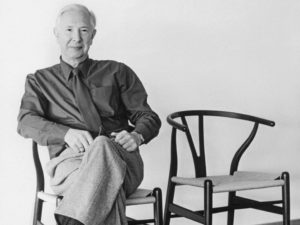
Melding Past and Present: Post-Modernism and Today’s Danish Furniture Trends
Navigating through the late 20th century, Danish furniture underwent another transformative phase with the advent of post-modernism. This era saw a conscious integration of technology into design, enhancing both form and functionality. Tech-driven innovations allowed for more flexible furniture, with features like adjustable heights and integrated charging ports becoming commonplace.
Parallel to technological integration, there was a surge in the sustainable and eco-friendly furniture movement. Recognizing the environmental implications of manufacturing processes, Danish designers championed the use of recycled materials, sustainable sourcing, and low-impact production techniques. This eco-conscious approach further solidified Denmark’s reputation for producing quality furniture that’s both stylish and responsible.
Yet, what truly sets contemporary Danish design apart is its ability to fuse traditional craftsmanship with modern aesthetics. This harmonious blend pays homage to Denmark’s rich furniture heritage while continuously pushing the boundaries of design. By melding age-old techniques with current trends, Danish furniture offers timeless pieces that are relevant to today’s dynamic lifestyles. Whether it’s a dining chair that marries classic woodwork with sleek metal or a sofa that incorporates both plush textiles and sustainable materials, the essence of Danish design remains—creating functional, beautiful, and lasting furniture.
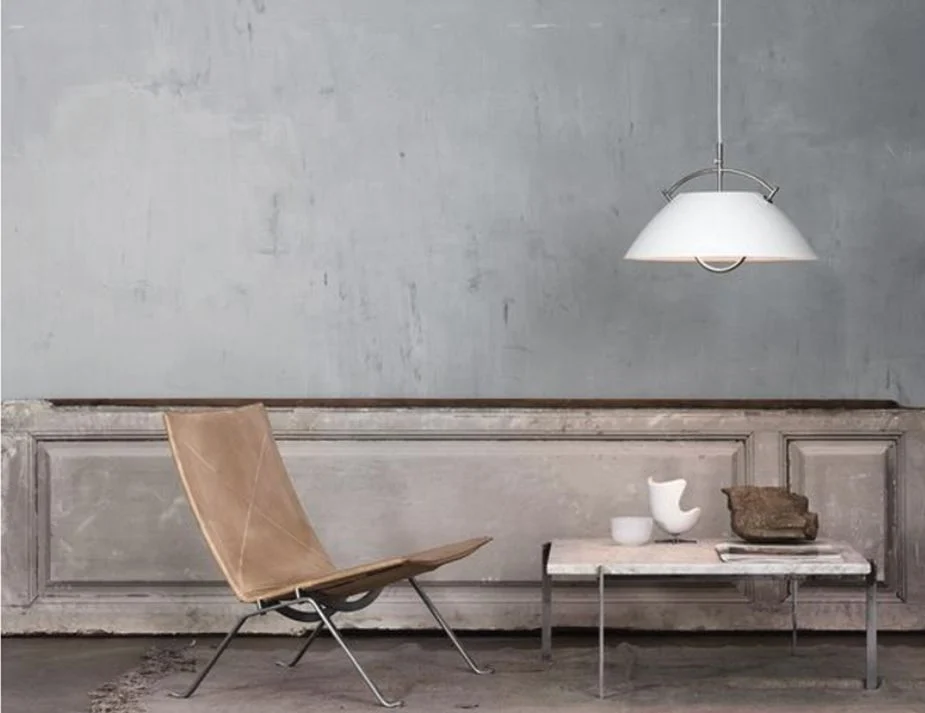
Danish Furniture on the World Stage: A Global Design Revolution
The global design community has long held Danish furniture in high esteem. This adulation has been showcased through its prominent presence in international exhibitions and fairs. Such events have become platforms where Denmark’s meticulous craftsmanship, innovative designs, and timeless aesthetics are displayed for the world to admire.
At Milan’s Salone del Mobile and the Stockholm Furniture & Light Fair, Danish furniture always stands out. These events celebrate Danish artistry and offer designers global collaboration opportunities. Here, they gain insights and enhance their craft.
Beyond exhibitions, the ripple effect of Danish design has profoundly influenced global interior design trends. Homes, offices, and public spaces worldwide now echo the principles of functionality, simplicity, and organic forms that are quintessential to Danish furniture. From New York’s upscale lofts to Tokyo’s minimalist apartments, there’s a palpable touch of Danish style, underlining its universal appeal.
This global embrace is a testament to Danish furniture’s unmatched quality and design ethos, emphasizing that while rooted in Denmark’s cultural fabric, its influence is boundlessly international.
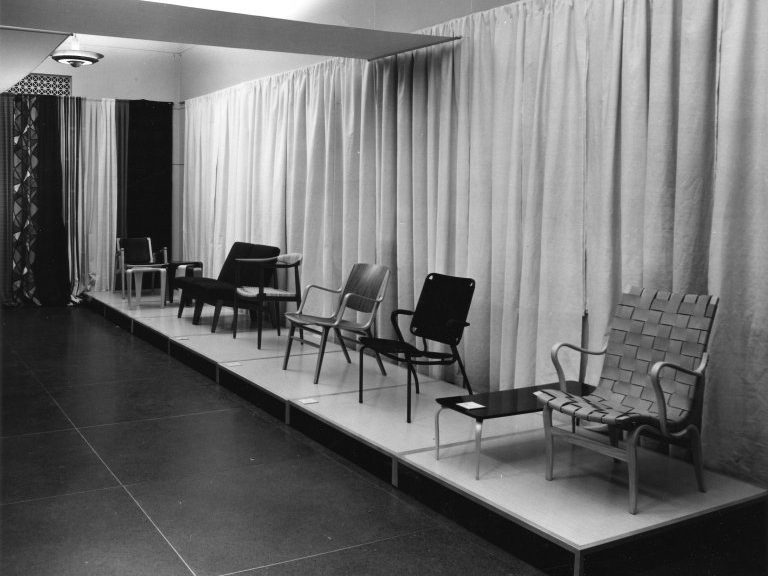
The Timeless Legacy and Future Horizons of Danish Furniture
As we journeyed through the annals of Danish furniture history, one fact stands out unequivocally: Danish design is not just about creating pieces of furniture; it’s about crafting stories, emotions, and timeless legacies. The evolution from Viking craftsmanship to contemporary sustainable designs reveals Denmark’s commitment to innovation while honouring tradition.
The lasting impact of Danish furniture is evident in homes and spaces across the globe. Its principles have been embraced far and wide, proving that good design, rooted in functionality and aesthetics, knows no boundaries. The legacy is not just in the tangible pieces we see and use but in the design thinking it has inspired globally.
Looking forward, the future of Danish furniture design shines brightly. As the world tilts towards sustainability, the inherent Danish emphasis on eco-friendliness and functionality positions it at the forefront of global design trends. Coupled with the indomitable spirit of innovation and a rich heritage, Danish furniture is poised to continue inspiring and reshaping global interiors for generations to come.
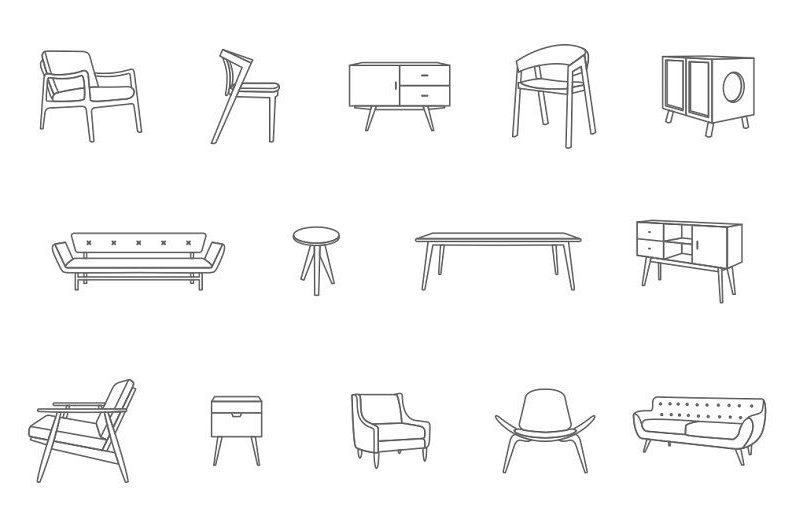
Frequently Asked Questions
Yes, numerous books delve into Danish furniture design. Titles like “Danish Chairs” by Noritsugu Oda and “Danish Modern” by Andrew Hollingsworth offer comprehensive insights into this iconic style.
Absolutely! Danish furniture, with its timeless design and robust craftsmanship, often retains or even appreciates in value over time, making it a sound investment.
Danish furniture is celebrated for its minimalist yet functional design, organic shapes, emphasis on comfort, and superior craftsmanship.
Danish furniture is often finished with oils or lacquers to enhance the natural beauty of the wood and provide protection. The finish is typically matte or semi-gloss, preserving the wood’s natural appearance.
Danish furniture is characterized by its minimalist design, and smooth curves, and often features organic shapes. Look for high-quality craftsmanship, typically in woods like teak or oak, and a focus on functionality and comfort.
